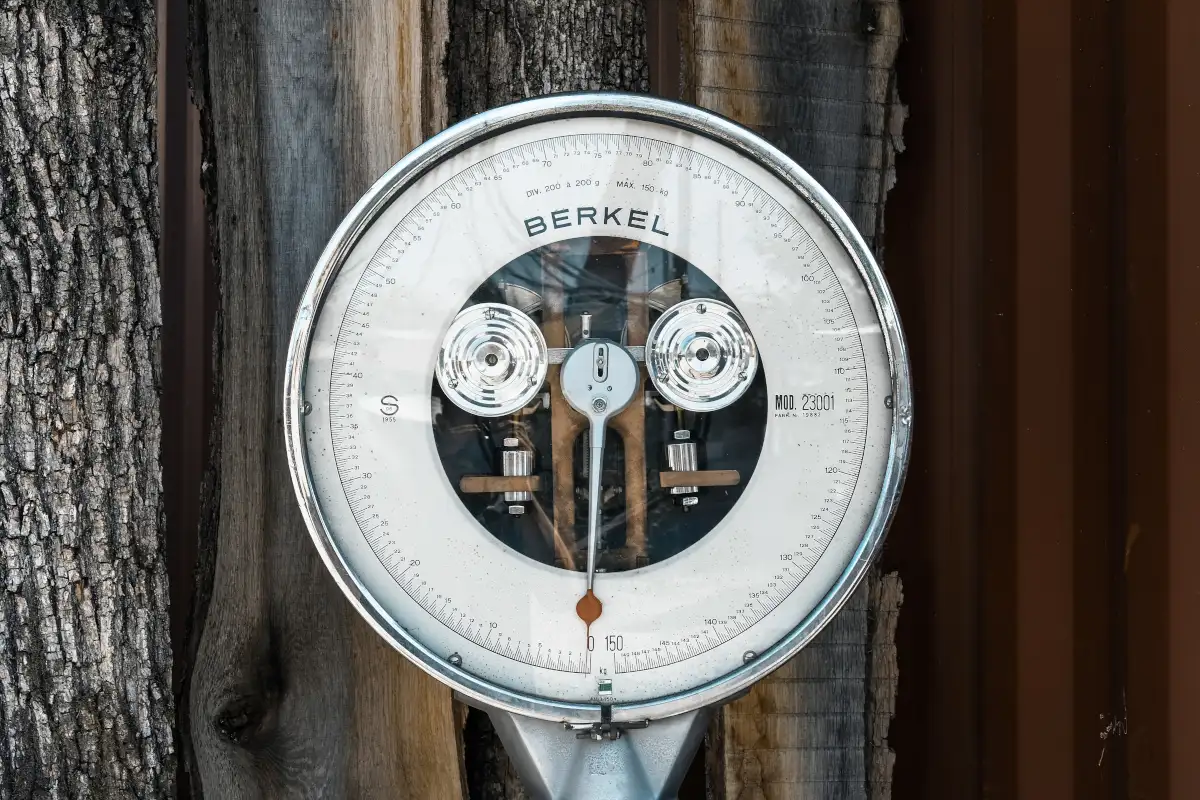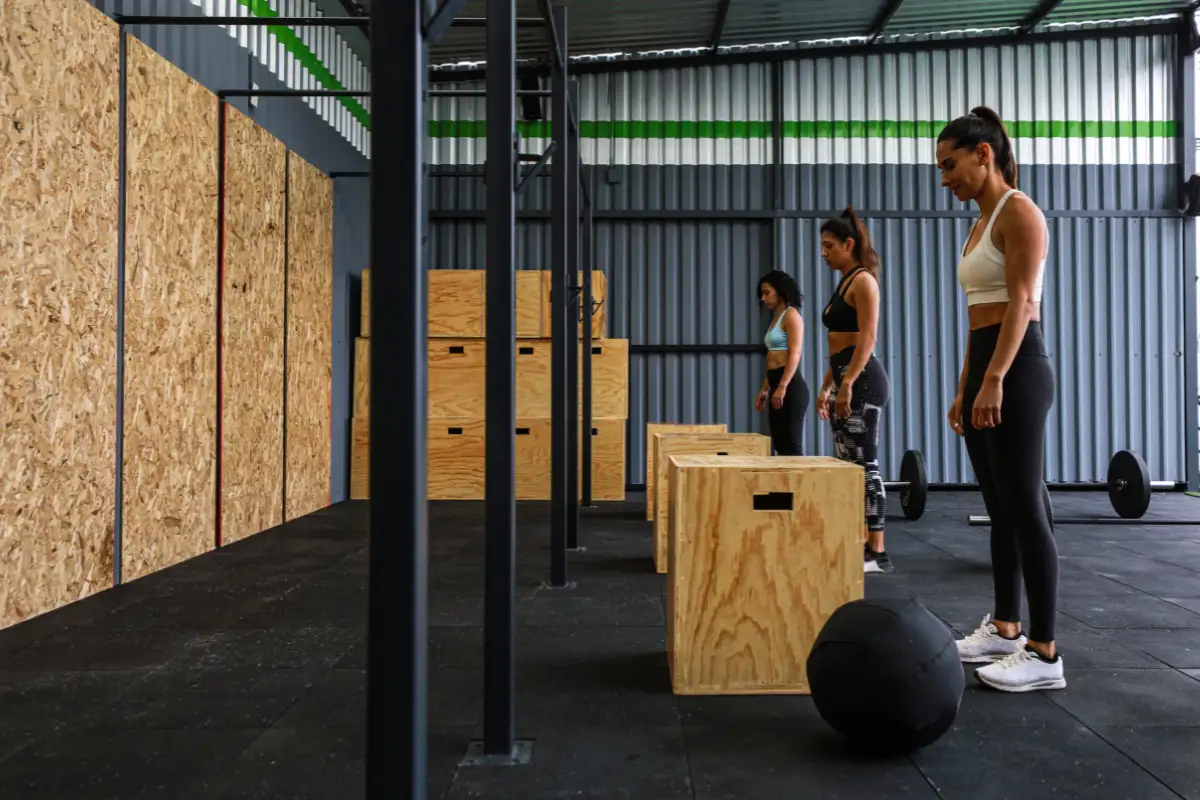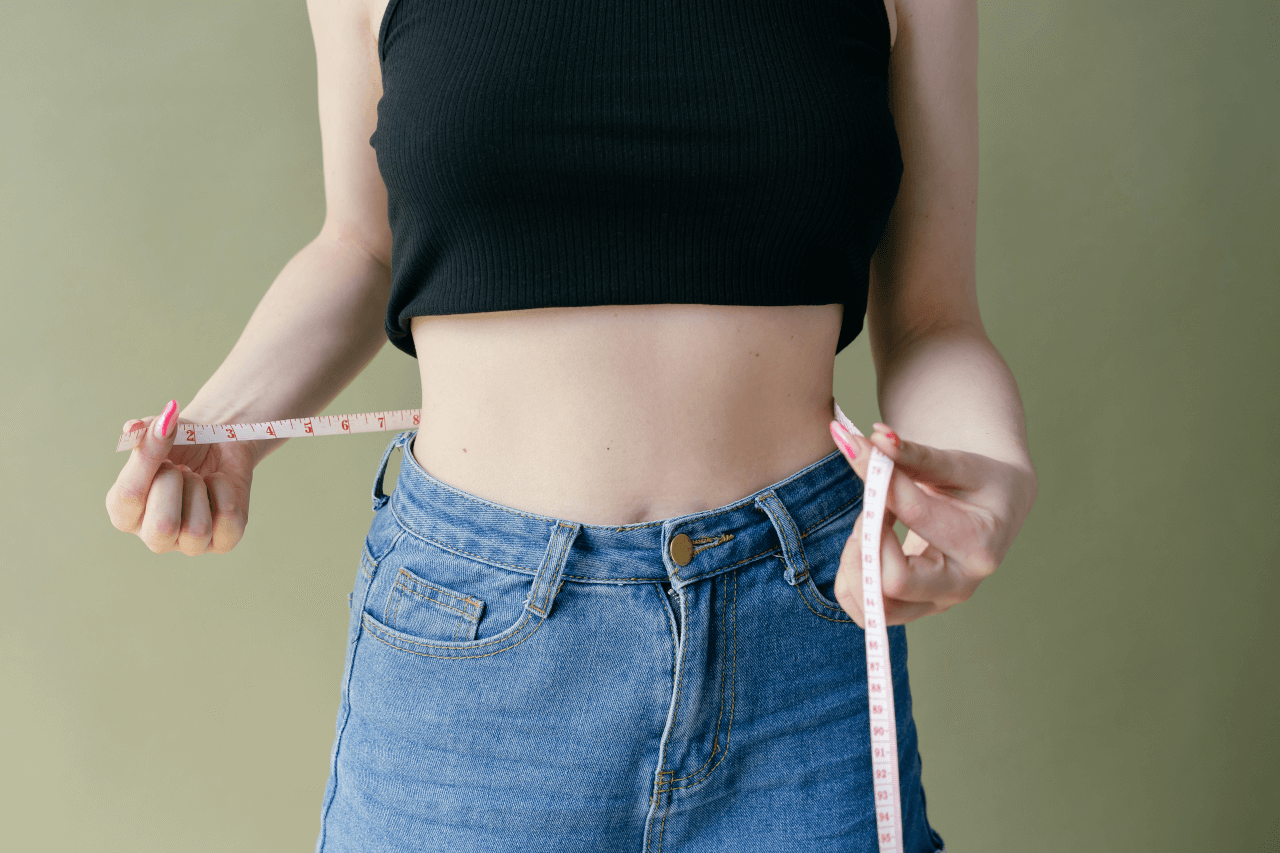
Read More
The scale is only one measure of progress. There are many alternative ways to measure progress that do not involve your weight. In fact, focusing on more than one method to measure your progress can be very helpful in assessing your progress accurately. After all, the more puzzle pieces you have, the easier it is to put the whole picture together, right?










